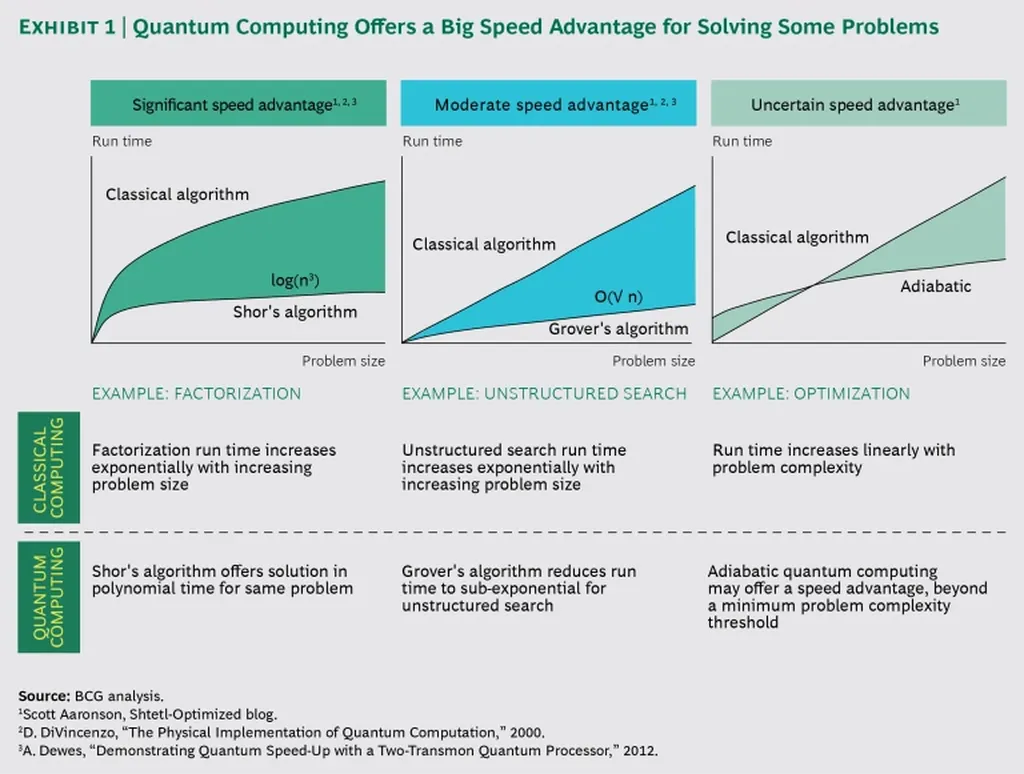In an era where extreme weather events are becoming increasingly frequent and severe, the resilience of power systems is more critical than ever. A groundbreaking study published in the journal “IEEE Access” introduces a novel approach to enhance the preparedness and resilience of power grids, potentially revolutionizing how the energy sector responds to disruptions. The research, led by Umar T. Salman from the Department of Electrical and Computer Engineering at the University of Connecticut, focuses on optimizing resource allocation in power systems using quantum computing techniques.
The study, titled “QUIRCY: QUantum Integrated ResilienCY for Power Systems,” addresses the significant challenges faced by power system operators in deploying mobile generating resources during outages of critical infrastructure components. These disruptions often lead to temporary load shedding to maintain grid stability, highlighting the need for more efficient and effective solutions. Salman’s research introduces a two-level quantum algorithm that combines the Harrow-Hassidim-Lloyd (HHL) algorithm for power flow analysis with quadratic unconstrained binary optimization (QUBO) to strategically allocate distributed energy resources (DERs).
One of the most compelling aspects of this research is the efficiency of the HHL algorithm. Unlike classical methods, the HHL algorithm requires only
The study’s simulation case studies on IEEE test systems have demonstrated the effectiveness and efficiency of the proposed quantum approach, consistently converging to optimal solutions under various severe system constraints. These findings underscore the potential of quantum computing to improve power system resilience, particularly as advancements in noisy intermediate-scale quantum (NISQ) technology continue to evolve.
The commercial implications of this research are substantial. As the energy sector increasingly relies on distributed energy resources and faces the challenges of extreme weather events, the ability to optimize resource allocation can lead to significant cost savings and improved grid stability. “This research opens up new possibilities for the energy sector to leverage quantum computing for enhanced grid resilience,” Salman noted. “It’s not just about theoretical advancements; it’s about practical applications that can make a real difference in how we manage and protect our power systems.”
As the field of quantum computing continues to advance, the integration of quantum algorithms into power system management could become a standard practice. The research by Salman and his team represents a significant step forward in this direction, offering a glimpse into a future where quantum computing plays a pivotal role in ensuring the reliability and stability of power grids. With the publication of this study in the journal “IEEE Access,” the energy sector has a new tool to consider as it navigates the complexities of modern power system management.

